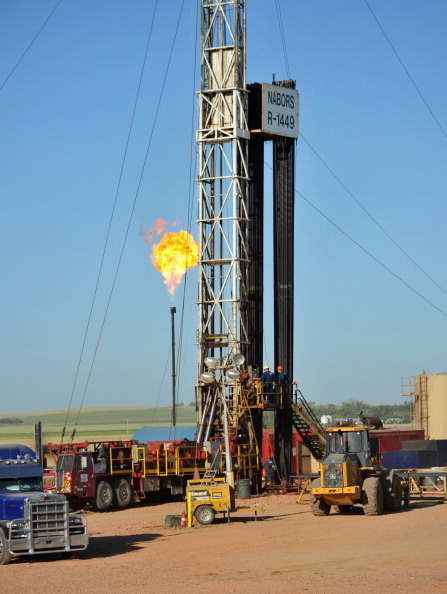EPA report: Agency Needs to Get Better at Tracking Emissions from Oil and Gas Industry
In a new report published this week, the Environmental Protection Agency’s (EPA) internal watchdog found the agency needs to do a better job of tracking air emissions from oil and natural gas production.
The EPA Office of Inspector General says gaps exist in the data the agency relies on to estimate pollutants which can impact human health and the environment.
“Many of the EPA’s existing oil and gas production emission factors are of questionable quality because they are based on limited and/or low quality data,” writes Arthur Elkins, EPA Inspector General, “The Agency has not addressed these issues because it did not anticipate the tremendous growth of the sector and had allocated limited resources to it.”
Much of that growth occurred in EPA Region 3 (which encompasses the District of Columbia and five Mid-Atlantic states, including Pennsylvania).
Nationwide, the report finds the number of producing natural gas wells increased by 76 percent between 1992 and 2010.
The report points out the nature of oil and gas development can make air emissions more difficult to track. Variations can occur due to different geological formations, changes in well production over time, as well as seasonal and temperature differences.
“The complexity of oil and gas emissions presents a challenge to estimating air emissions as well as overseeing the industry,” Elkins writes.
It also shows more direct measurements are needed, and the EPA’s Office of Research and Development is looking into doing a collaborative study with EPA Region 3 to focus on the impacts of oil and gas emissions specifically in the Marcellus Shale formation.
The report concludes the recent oil and gas boom underscores a need for better understanding of harmful pollutants emitted by the industry and recommends that the EPA work collaboratively between its offices and with state agencies to identify gaps in the data and develop plans to address them.

















